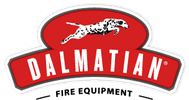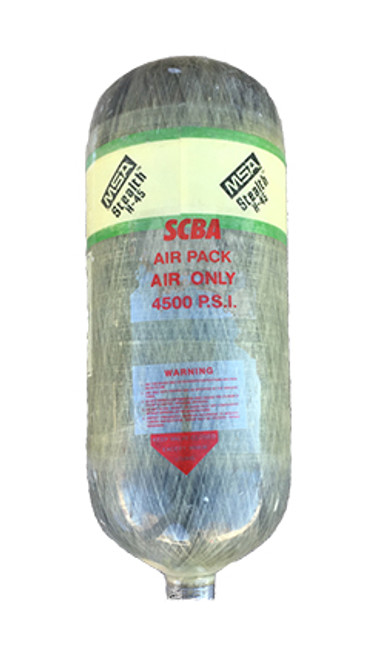Product Description
Hydrostatic Testing
Hydrostatic testing is essential to check SCBA cylinders for leaks or flaws. Ensures the cylinder's ability to safely hold its rated pressure. Prevents the risk of explosions, which can occur if the cylinder fails when containing compressed air.
As a certified DOT Hydrostatic Testing Facility, Dalmatian Fire Equipment strictly adheres to 49 CFR. Ensuring your cylinders are compliant with DOT requirements. Our facility is equipped with cutting-edge technology, providing accurate and reliable hydrostatic testing. Our team of skilled and certified technicians are trained to carry out precise and thorough hydrostatic testing.
Dalmatian Fire Equipment prioritizes prompt turnaround times without compromising on the quality of our testing services.
Hydrostatic Testing Process:
Our multi-point inspections go beyond the basics. We visually inspect and clean the cylinders per 49 CFR requirements, identifying any deficiencies and ensuring thorough documentation. Then the cylinder is filled with water, which will be used as the testing medium. Next the cylinder is pressurized with a test pressure that is considerably higher than the normal operating pressure, to provide a safety margin. The cylinder is monitored for any changes in shape, expansion, or leakage during the pressurization process. The test duration is typically specified, and changes are closely observed. Once the test is completed, the cylinder is depressurized. The water-filled cylinder is carefully examined for any signs of permanent changes, such as distortion. If the cylinder holds its test pressure without significant distortion or leakage, it passes the hydrostatic test. Failure may occur if the cylinder exhibits permanent expansion beyond acceptable limits.
Regulatory Compliance:
SCBA cylinders require periodic hydrostatic testing as per 49 CFR. Testing frequency depends on the cylinder material.
- Steel and aluminum cylinders: Every five years.
- Hoop-wrapped cyinders: Every three years.
- Fully wrapped carbon fiber cylinders: Every five years.
Service Life and Retesting:
- Steel and aluminum cylinders have an indefinite service life until they fail a hydro test.
- Hoop-wrapped and fully wrapped cylinders have a 15-year service life.
Cylinders should not be filled if they exceed their valid service life or re-test dates. Cylinders showing evidence of exposure to high heat or flames must be removed from service and re-hydrostatic tested before recharging. Any evidence of a crack, defect, or damage requires immediate removal from service.
DOT Requirements:
Hydrostatic retesting and re-qualification must be conducted by registered agents certified by the DOT. Agents need a valid Re-testers Identification Number (RIN) issued by the DOT
Call For Pricing.
Phone: 800-436-6450
E-mail: sales@dalmatianfire.com










